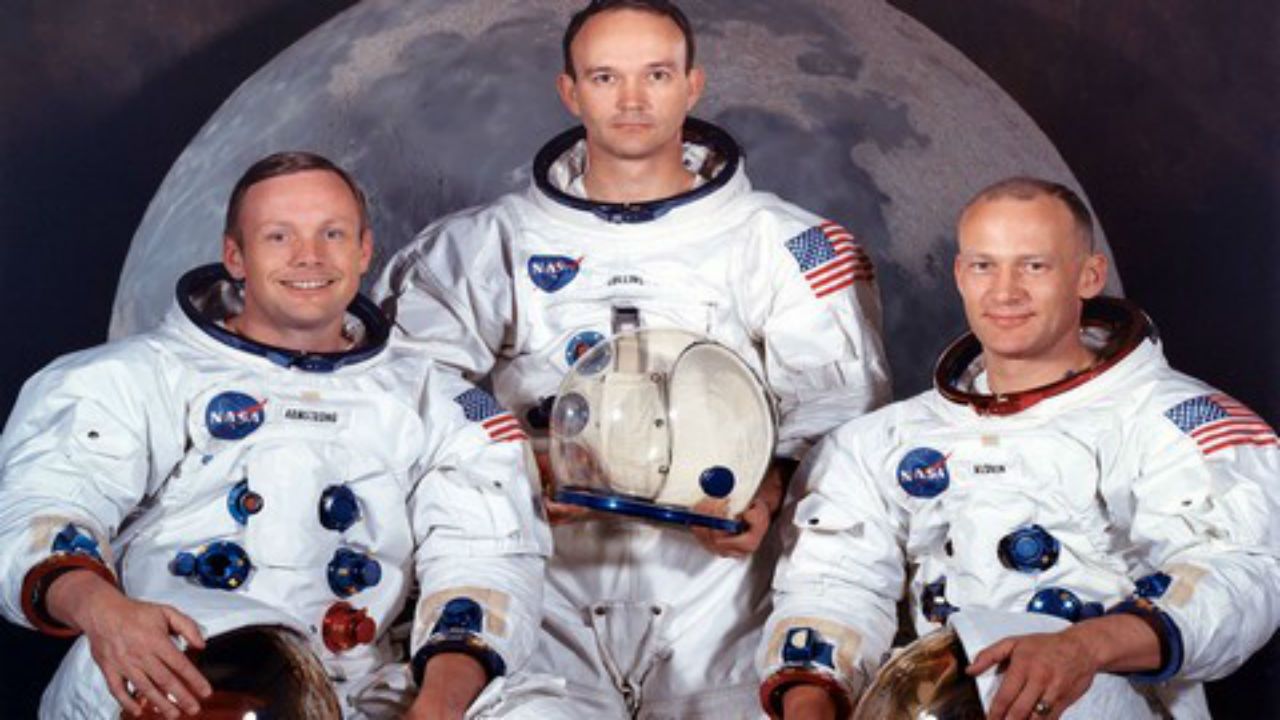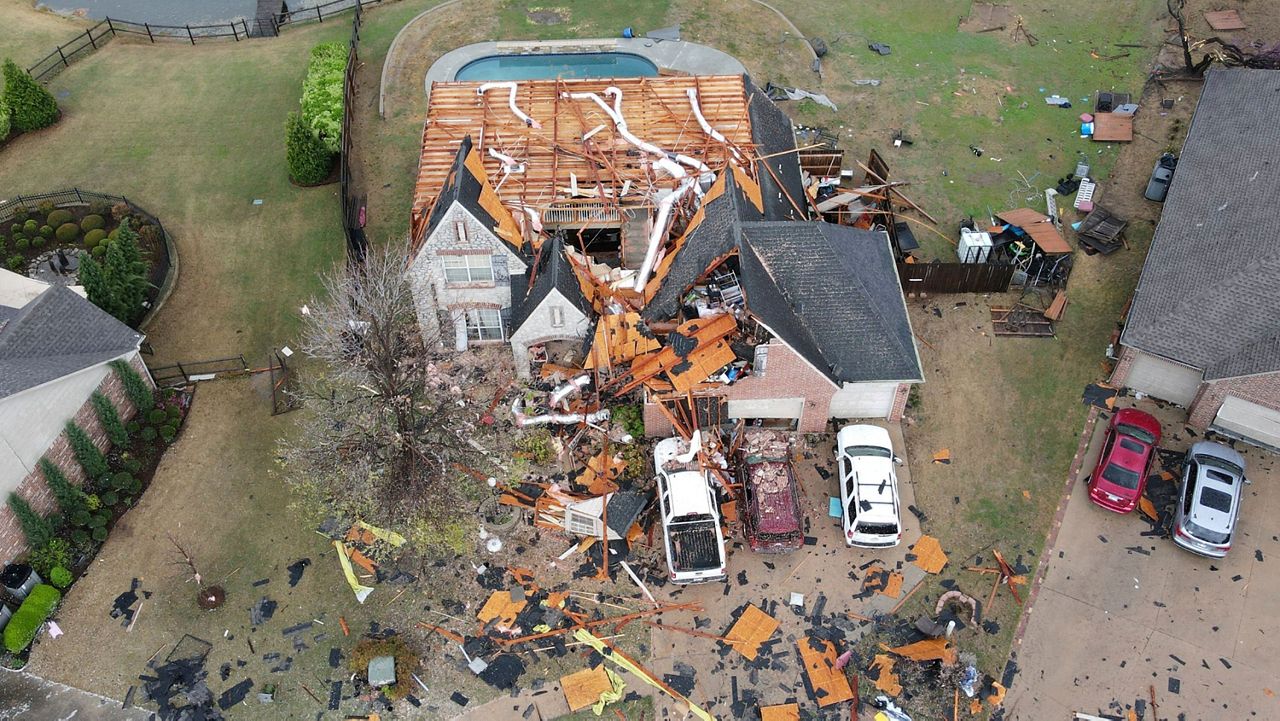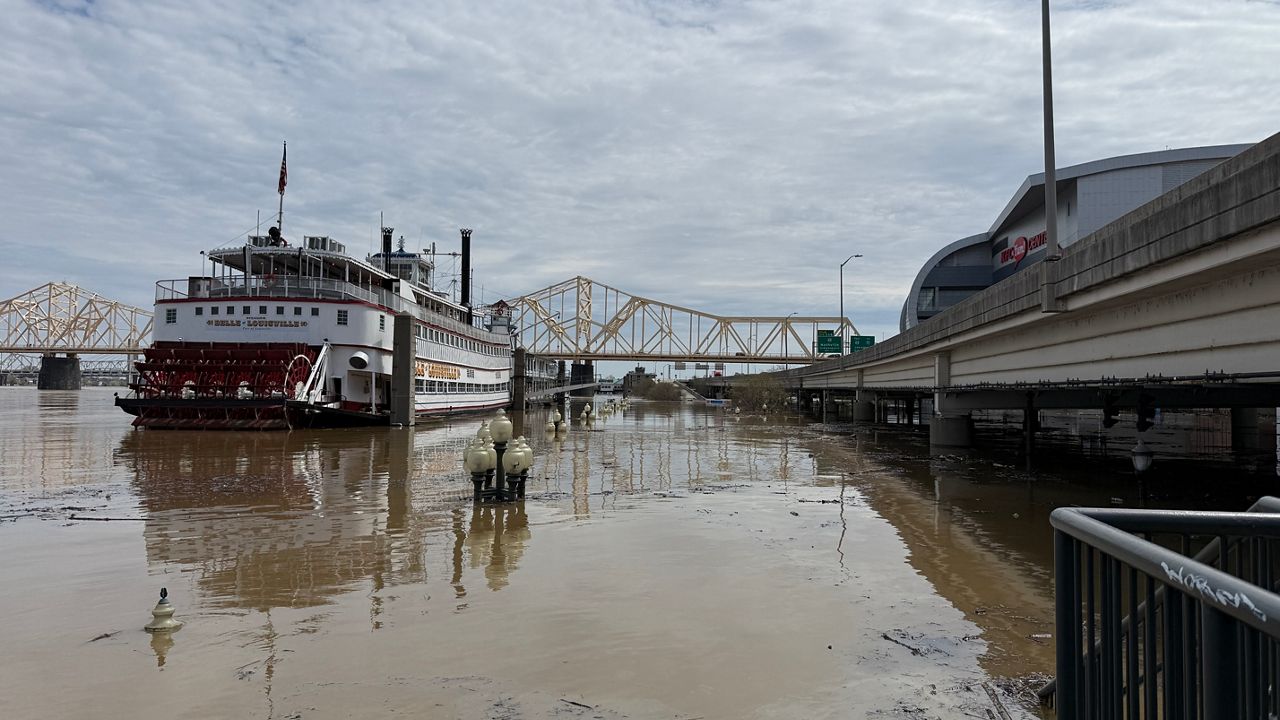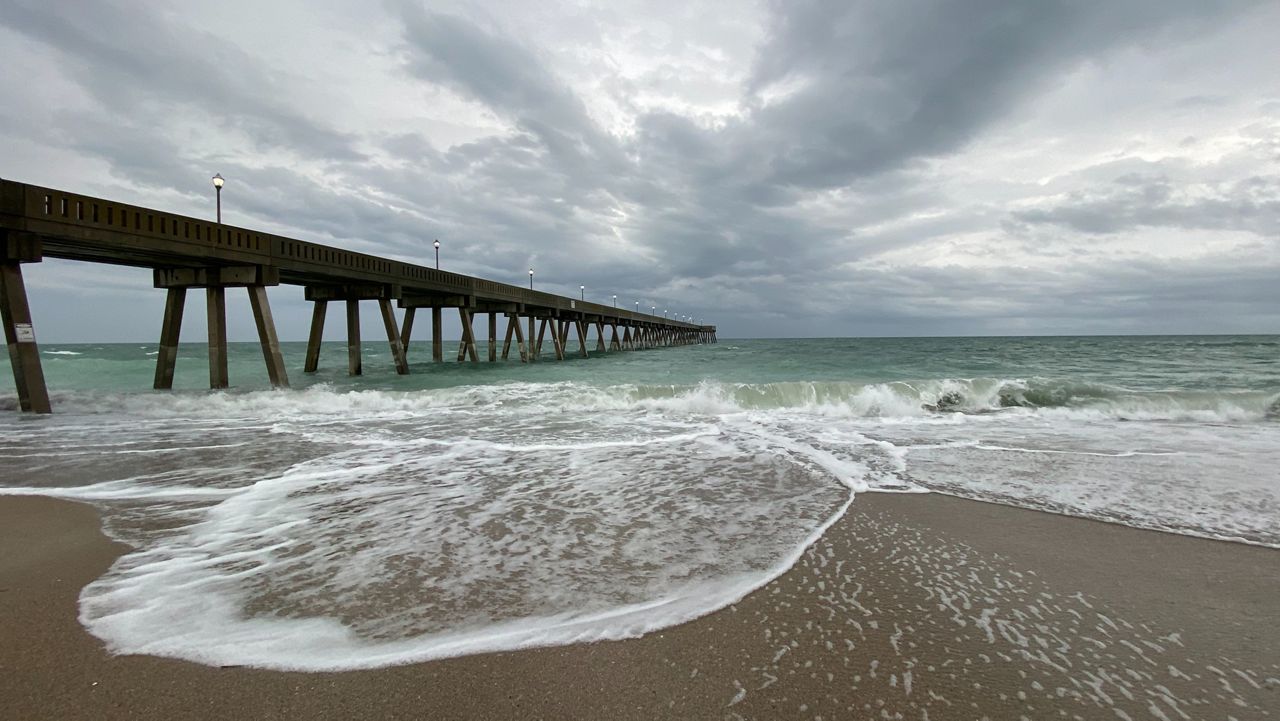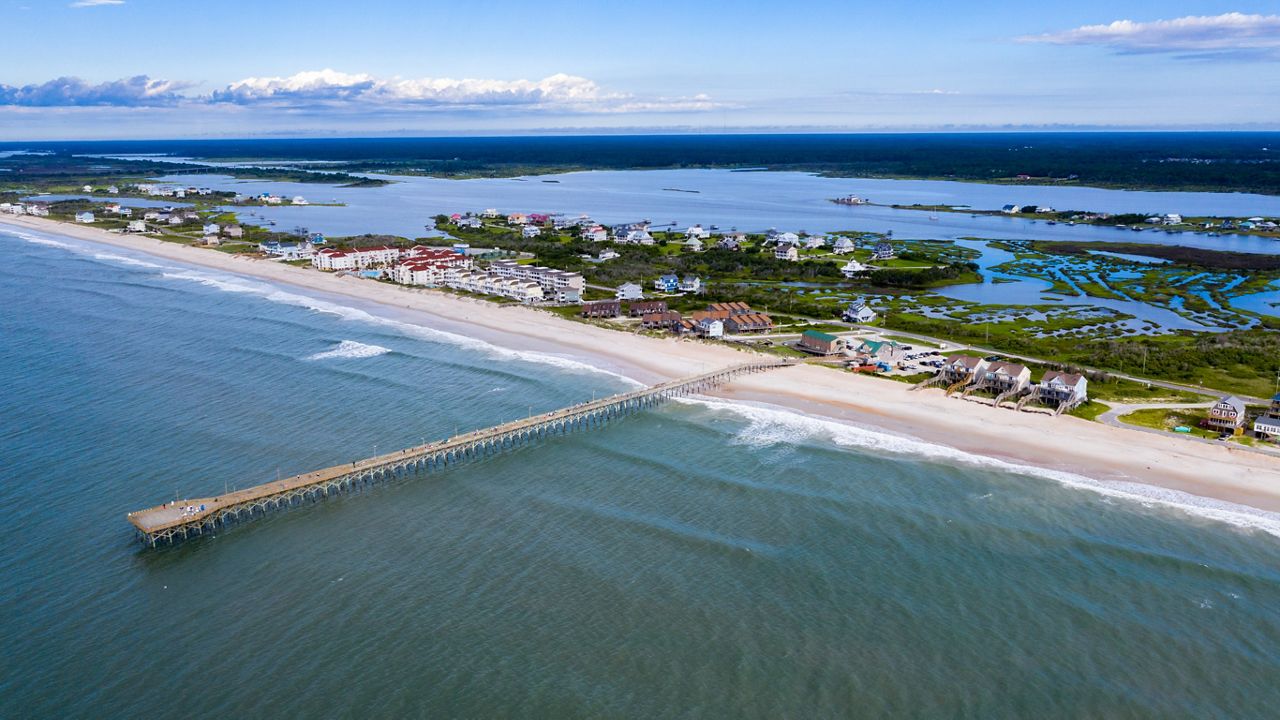NORTH CAROLINA -- As dangerous as landing on the Moon is, the astronauts of Apollo 11 may have faced their greatest danger on their return to Earth.
Now, I'll admit right now, I'm a big fan of space. I remember watching Neil Armstrong walk on the Moon on July 20, 1969. But with all I knew about the Apollo 11 mission, I never knew how close to disaster the mission came.
Earlier this week I read an article written by Noel A. Mccormack, a senior research historian in the History Section of the NRO Center for the Study of National Reconnaissance. It tells the story of how a last minute change in the Apollo 11 flight averted disaster.
Hank Brandli was a meteorologist with the US Air Force. In July of 1969, with about 72 hours to splashdown of the Apollo 11 mission, he noticed very active thunderstorms in the zone that would be the spacecraft's recover area in the Pacific Ocean.
The type of storms Brandli saw contained very strong winds at high altitude, and he feared that if the Apollo 11 capsule dropped into that area, those winds could shred the parachutes designed to slow the capsule before it hit the water. Without those chutes, the capsule would slam into the ocean and at the speed the capsule would be falling, the crew would not have survived.
Another problem Brandli faced was how he got his weather information. He saw these storms using a top secret weather satellite which he worked with. This left him with the only option of going through certain high level officers to let NASA know the possible dangers facing the returning spaceflight.
Upon hearing of the thunderstorm threat, the Navy moved Apollo 11's recovery fleet, and NASA made the necessary changes to the spaceship's flight path to ensure it did not land in the storms.
And with that, the rest is history. Apollo 11 splashed down safely in the Pacific Ocean, away from the storms, and the first manned mission to land on the Earth's Moon ended with success.





